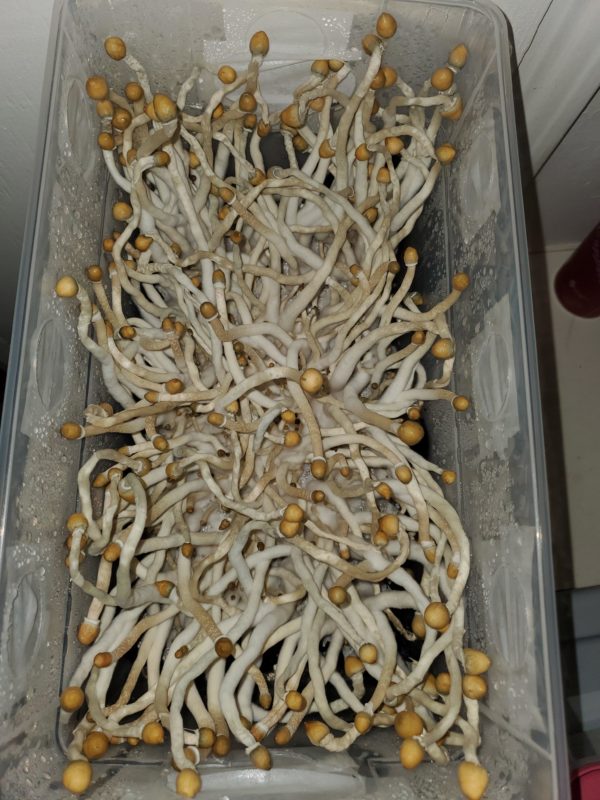Description
| Species | Lactarius indigo |
| Difficulty ℹ️ | 🍄🍄🍄🍄🍄 |
| Spore Coloration | Yellow |
| Ecology | Mycorrhizal |
| Edibility | Choice |
Lactarius indigo, commonly known as the indigo milk cap, the indigo (or blue) lactarius, or the blue milk mushroom, is a species of agaric fungus in the family Russulaceae. A widely distributed species, it grows naturally in eastern North America, East Asia, and Central America; it has also been reported in southern France. L. indigo grows on the ground in both deciduous and coniferous forests, where it forms mycorrhizal associations with a broad range of trees.
The fruit body color ranges from dark blue in fresh specimens to pale blue-gray in older ones. The milk, or latex, that oozes when the mushroom tissue is cut or broken — a feature common to all members of the genus Lactarius — is also indigo blue, but slowly turns green upon exposure to air. The cap has a diameter of 5 to 15 cm (2 to 6 in), and the stem is 2 to 8 cm (0.8 to 3 in) tall and 1 to 2.5 cm (0.4 to 1.0 in) thick. It is an edible mushroom, and is sold in rural markets in China, Guatemala, and Mexico.
Lactarius indigo is distributed throughout southern and eastern North America but is most common along the Gulf Coast, Mexico, and Guatemala. Its frequency of appearance in the Appalachian Mountains of the United States has been described as “occasional to locally common”. Mycologist David Arora notes that in the United States, the species is found with ponderosa pine in Arizona, but is absent in California’s ponderosa pine forests. It has also been collected from China, India, Guatemala, Costa Rica (in forests dominated by oak), and as its southernmost distribution in the Humboldt oak cloud forests of Colombia. In Europe, it has so far only been found in southern France. A study on the seasonal appearance of fruiting bodies in the subtropical forests of Xalapa, Mexico, confirmed that maximal production coincided with the rainy season between June and September.
L. indigo is a mycorrhizal fungus, and as such, establishes a mutualistic relationship with the roots of certain trees (“hosts”), in which the fungi exchange minerals and amino acids extracted from the soil for fixed carbon from the host. The subterranean hyphae of the fungus grow a sheath of tissue around the rootlets of a broad range of tree species, forming so-called ectomycorrhizae—an intimate association that is especially beneficial to the host, as the fungus produces enzymes that mineralize organic compounds and facilitate the transfer of nutrients to the tree.
Reflecting their close relationships with trees, the fruit bodies of L. indigo are typically found growing on the ground, scattered or in groups, in both deciduous and coniferous forests. They are also commonly found in floodplain areas that have been recently submerged. In Mexico, associations have been noted with Mexican alder, American Hornbeam, American Hophornbeam, and Liquidambar macrophylla, while in Guatemala the mushroom associates with smooth-bark Mexican pine and other pine and oak species. In Costa Rica, the species forms associations with several native oaks of the genus Quercus. Under controlled laboratory conditions, L. indigo was shown to be able to form ectomycorrhizal associations with the neotropical pine species Mexican white pine, Hartweg’s pine, Mexican yellow pine, smooth-bark Mexican pine, and the Eurasian pines Aleppo pine, European black pine, maritime pine, and Scots pine.
Some photos of this product in its wild-foraged form are sourced from iNaturalist, taken by Serenella Linares, Elliott Gordon, and others. Licensed by CC-BY4.0.








Reviews
There are no reviews yet.